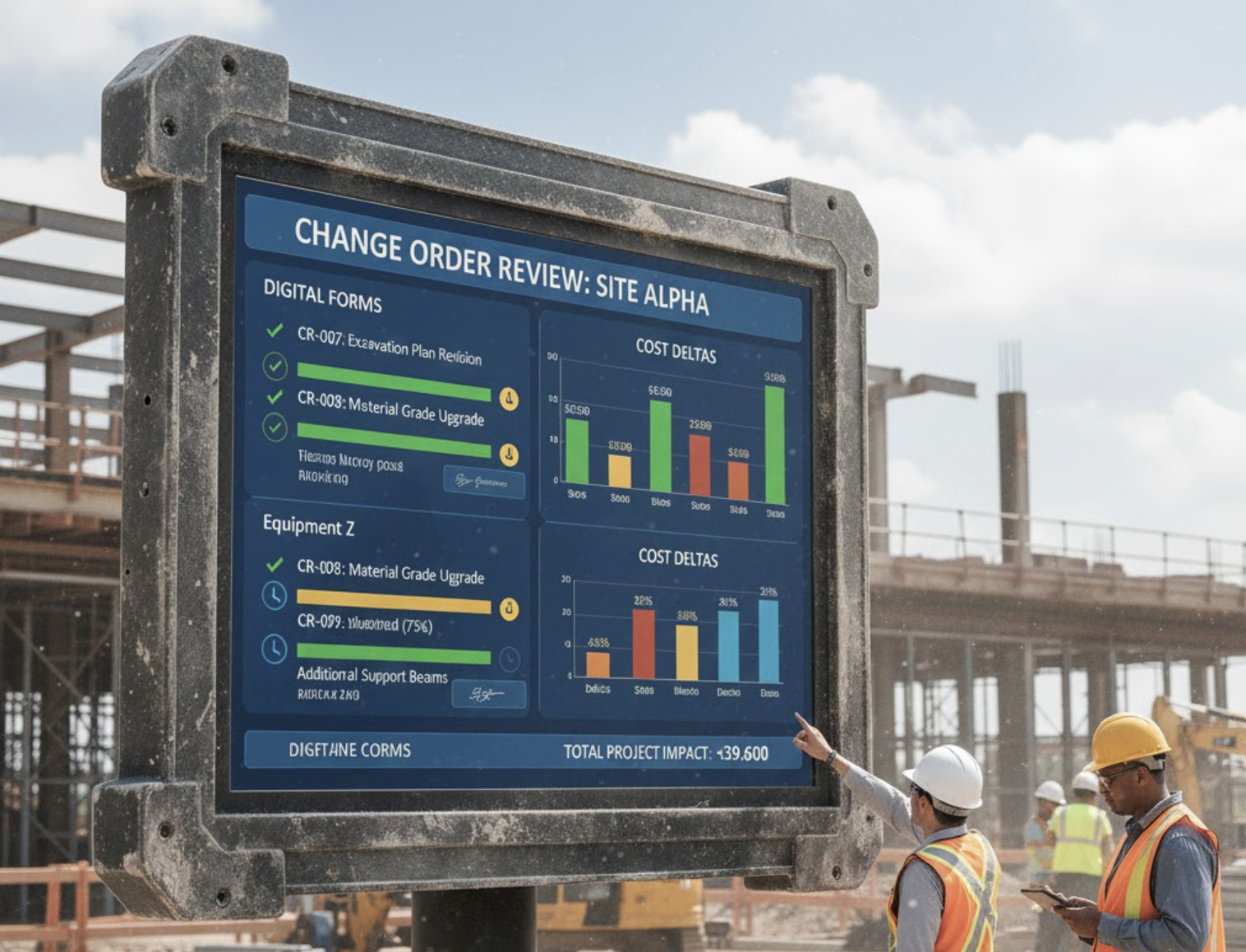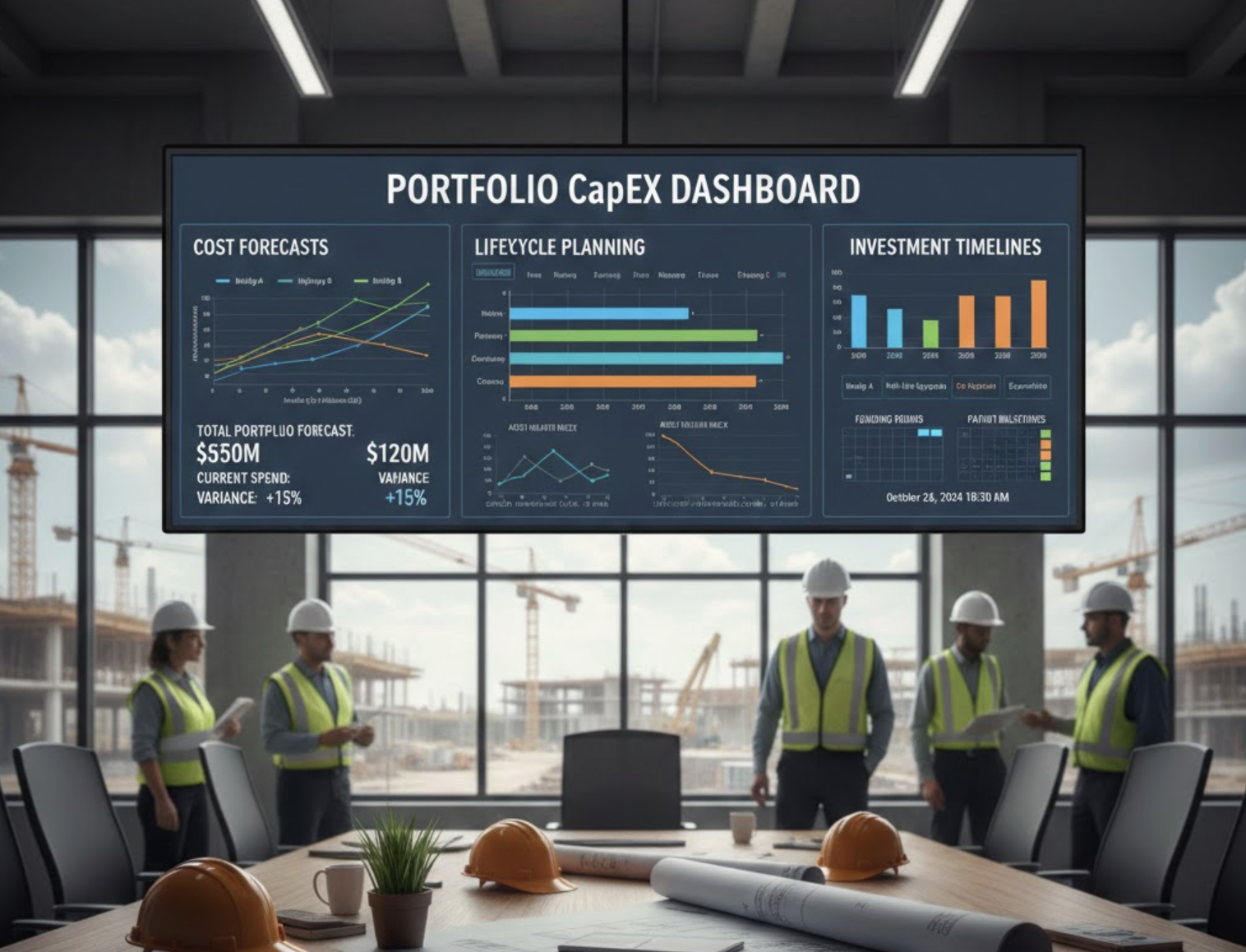Labor Management at Scale: Simplifying Attendance & Safety Logs
In today’s complex construction environments, effectively managing labor is crucial for ensuring project success. Implementing a robust labor management system (LMS) delivers the necessary tools to streamline and enhance workforce management, encompassing aspects like attendance tracking, time monitoring, performance management, and adherence to safety compliance. This post will delve into the core features and best practices for labor management, while showcasing how construction companies can benefit significantly from AI-driven construction management and integrated jobsite management tools.
The Importance of Attendance & Safety Logs
Attendance and safety logs are essential records within the construction sector, influencing payroll accuracy, compliance adherence, and overall site safety. By routinely tracking when workers are on-site and verifying their compliance with safety protocols, you can mitigate risks associated with labor liabilities and ensure that everyone is working efficiently. These logs directly impact payroll processing, thereby necessitating accuracy in recording hours worked and safety practices adhered to.
Core Features of Modern Labor Management at Scale
Automated Attendance Tracking
Automated attendance tracking utilizes various technologies such as biometrics, RFID tags, mobile applications, or web-based clocks to capture employee time and presence accurately. This approach significantly reduces manual errors and prevents time theft, contributing to precise payroll calculations. It also integrates seamlessly with payroll systems, ensuring that wage calculations and benefits management are streamlined. Real-time reporting and dashboards grant managers immediate insights into attendance status, helping detect any irregularities swiftly.
Safety Log Integration
Integrating safety logs into the daily workflows is essential for construction project managers. This involves embedding safety checklists, incident reporting, and personal protective equipment (PPE) checks into day-to-day operations. By doing so, you not only comply with regulations such as OSHA standards but also enhance workplace safety. Tracking safety incidents and identifying trends allow organizations to address risks proactively and create a culture of safety awareness among employees.
Labor Forecasting & Scheduling
Effective labor forecasting is integral to handling workforce demands and expenses. By employing historical data combined with predictive analytics, construction managers can anticipate labor needs accurately, thus avoiding situations of understaffing or excess spending. These systems allow for dynamic scheduling, factoring in project phases, worker skills, certifications, and legal considerations to ensure optimal labor allocation throughout the project lifecycle.
Performance Monitoring & Incentives
Not only should attendance and safety compliance be monitored, but performance metrics also need to be tracked. This includes analyzing attendance patterns and productivity metrics to highlight high performers and uncover areas requiring improvement. Real-time feedback facilitates targeted training sessions and performance-based incentives, motivating employees and ultimately elevating retention rates within your workforce.
Compliance & Audit Readiness
With increasing scrutiny on compliance in the construction industry, ensuring that records are centralized and readily available for audits is more crucial than ever. Modern LMS platforms streamline the management of these documents, allowing for easy access during regulatory inspections or client inquiries, which ultimately bolsters organizational credibility.
Emerging Innovations in Labor Management
The advent of AI tools for construction has transformed labor management significantly. AI-driven labor forecasting leverages advanced algorithms to predict labor demands while suggesting optimal schedules based on analyzed data, both historical and real-time. Additionally, mobile-first platforms are gaining popularity, with field workers using mobile devices for clock-ins and safety reporting, promoting efficient communication between on-site personnel and management. Wearables and IoT sensors are also making their mark by enabling real-time location tracking and automatic alerting in case of incidents.
How Zepth Simplifies Attendance and Safety Logs
By adopting modern labor management practices through tools like Zepth, construction managers can revolutionize their approach to attendance tracking and safety management:
- Automated Attendance & Time Tracking: Zepth provides seamless attendance data capture, effectively reducing manual entry errors.
- Integrated Safety Management: The platform allows for comprehensive digital safety log management, integrating safety into everyday operations.
- Centralized Dashboard: Users benefit from a single dashboard offering real-time visibility into workforce attendance, safety compliance, and productivity metrics for prompt decision-making.
- Customizable Workflows: Zepth’s adaptable nature ensures that it meets diverse workforce arrangements and complex project requirements.
- Audit & Compliance Tools: The system maintains clear records of all labor and safety activities, enhancing regulatory compliance and audit preparations.
- Seamless Integration: Zepth integrates well with existing HR, payroll, and ERP systems, creating a cohesive flow of attendance data across business functions.
For a deeper insight into Zepth’s features geared toward labor management, explore our pages on Labor Management at Scale: Simplifying Attendance & Safety Logs or visit our section on Labor Management at Scale.
Best Practices for Effective Labor Management
To maximize the effectiveness of your labor management strategy, consider adopting these best practices:
- Automate wherever possible: Utilizing biometrics and mobile applications for attendance and safety procedures can substantially decrease errors and reduce administrative burden.
- Centralize data: Maintaining a single source of truth for workforce records avoids inconsistencies and enables effective analytics.
- Leverage analytics: Utilize attendance and performance data to inform your scheduling and forecasting processes.
- Integrate safety with operations: Make safety compliance a priority and integrate safety log completion within daily workflows to enhance employee accountability.
- Train and incentivize: Provide real-time feedback and performance dashboards, along with tailored rewards and recognition, to foster engagement and drive compliance.
Conclusion
Modern labor management—especially when scaled—requires the seamless integration of automated attendance tracking and diligent safety log management into project workflows. Utilizing platforms like Zepth, companies can substantially enhance workforce productivity, ensure safety compliance, and promote a culture of accountability across both large construction sites and industrial operations. Explore transformative labor management solutions today and see a remarkable difference in how your projects are managed.




